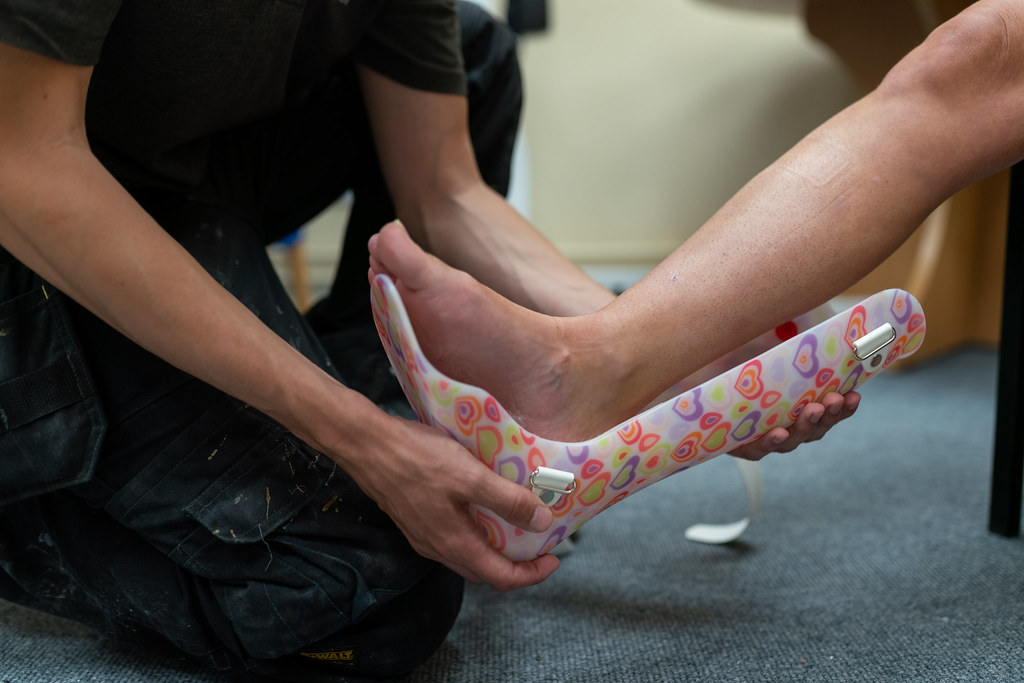The term ‘orthotic’ is a familiar medical terminology often heard on television or from a physician. Orthotic devices aim to increase the efficiency of function during a long-term or acute injury. However, several considerations are taken into consideration before deciding on the type of orthotic needed. This article guides the reader about the devices and helps the reader navigate and understand the devices and their uses.
What Are Orthotic Devices?
Orthotic devices are commonly called orthoses. These are external devices put on the body to correct and align the abnormal bone and muscle structures. The device is usually attached to the foot or wrist, depending on the injury. These devices are designed to stimulate a pincer movement or grasp electrically. Through virtual reality and augmented feedback, the position of the hand in the space can be tracked using parameters such as accuracy of reading, velocity, and trajectory.
General Functions Of Orthotic Equipment
Doctors recommend the devices to help immobilize the bone structures and heal properly and not worsen. The device is kept aligned to the fractured area like foot, wrist, or ankle so that every structure is in the correct position when the body heals.
The lower body orthosis is classified as AFO or ankle-foot orthosis. The device reduces the weight load and allows thee better movement by correcting errors in the functionality or structure. Thus, it prevents specific exercises, building strength, and assisting in mobility.
Types Of Devices
Upper Limb
- Hinge-elbow brace: This device is used to restrict elbow movement post any surgery or fracture. However, this allows early mobilization without damage to the healing tissue.
- Slings: Slings are used for an upper limb surgery or injury, thus, protecting the injury site. This device is used to restrict movements in particular directions to prevent further disruption to the damage in the bone.
- Splints: Splints are devices used hand or wrist. These devices are often customized for individuals based on their specific impairments like fractures or surgery and are achieved using thermoplastics.
Lower Limb
- Wedge boot: A wedge boot is a device used during a conservative treatment or after surgery, usually for Achilles tendon rupture. This device allows gradual stretching of the tendon and aids the healing process.
- Aircast boot: The aircast boot is a device used during fracture injuries to support and reduce forces through the bone during the healing process.
- Hinge-knee brace: This device is used to protect the knee after surgery, such as meniscal repair.
- Splints: This is used as a resting splint to maintain the patient’s lower limb’s optimal positioning. It also supports an operating range in affected joints. People with splints are recommended to remain in a resting positioning or seating or supine positions.
Conclusion
A trained health practitioner will complete a detailed assessment of an individual’s fracture or injured position in both a static and a dynamic state to identify asymmetries. Generally, after a thorough inspection and depending on the injury, the doctor recommends the best Orthotic device that fits the need or injury.


